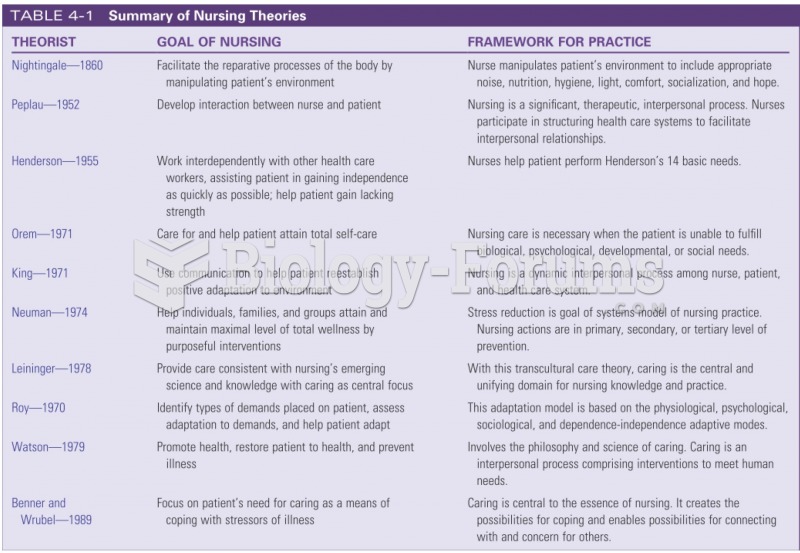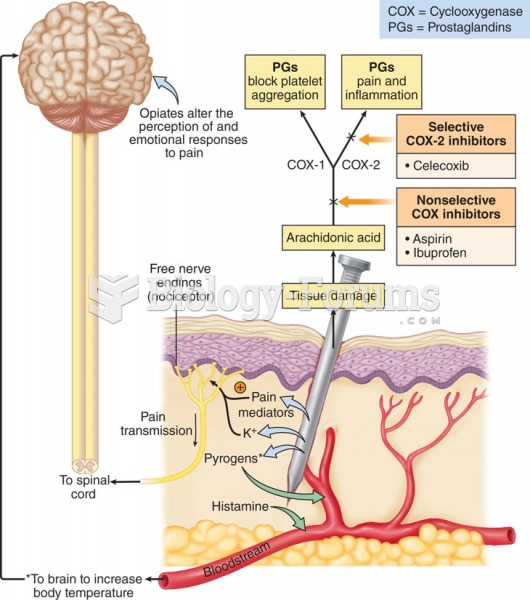Answer to Question 1
Choice theory suggests that young offenders choose to engage in antisocial activity because they believe their actions will be beneficial and profitable.
o Whether they join a gang, steal cars, or sell drugs, their delinquent acts are motivated by the reasoned belief that illegal acts can be profitable and relatively risk free.
o They have little fear of getting caught and, if they are apprehended, discount the legal consequences. Some are motivated by fantasies of riches, whereas others may simply enjoy the excitement and short-term gratification produced by delinquent acts such as beating up an opponent or stealing a car.
Trait theory links delinquency to biological and psychological traits that control human development.
o While it may be true that some youths choose to get involved in delinquent behaviors, others may be driven by biological or psychological abnormalities, such as hyperactivity, low intelligence, biochemical imbalance, or genetic defects.
Choice and trait theories, though independent, are linked because they share some common ground:
o Both focus on mental and behavioral processes at the individual level.
o Delinquency is an individual-level problem, not a social problem.
o Both recognize that because all people are different, each person reacts to the same set of environmental and social conditions in a unique way.
o Not all people living under the same socioeconomic conditions behave in the same manner or react in the same manner.
o Because the root cause of delinquency is located at the individual level, delinquency prevention and control efforts must be directed at the individual offenderpeople rather than society must change.
Student responses will vary.
Answer to Question 2
b







